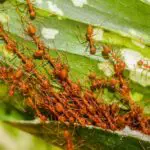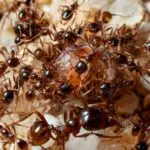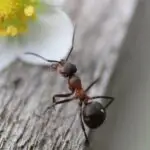Which Acid Do Ants Have?
Probably the most well-known application for formic acid is its use in combating predators. It is also found in the venom of certain insects.
It is also used as a food preservative and a food additive. It is produced by treating carbon monoxide with alcohol. It is the simplest carboxylic acid. It has the chemical formula H-C(=O-H) and boils at 100.7 degrees Celsius. It is also used in processing textiles and leather. It is considered to be dangerous at high concentrations.
Another application of formic acid is to ward off harmful fungi. It can also be used to kill varroa mites. It is found in some ant venom, bee stings, and the bites of other insects. It can also be produced synthetically in laboratories.
An interesting feature of formic acid is its ability to immobilize prey. Some ants use it to hold back prey while it is being carried back to the nest. Carpenter ants deliver a small amount of formic acid when they bite.
Wood ants use formic acid to protect their nests. They mix it with tree resin and then apply it to their nest material. The combination enhances the antifungal activity of tree resin.
Scientists have also found that wood ants use formic acid in their venom glands. This is the first time that they have studied the chemical content of ant venom. They found that it contains 58.5% formic acid. The acidopore, which is at the tip of the ant’s abdomen, releases the acid when the ant needs it.








